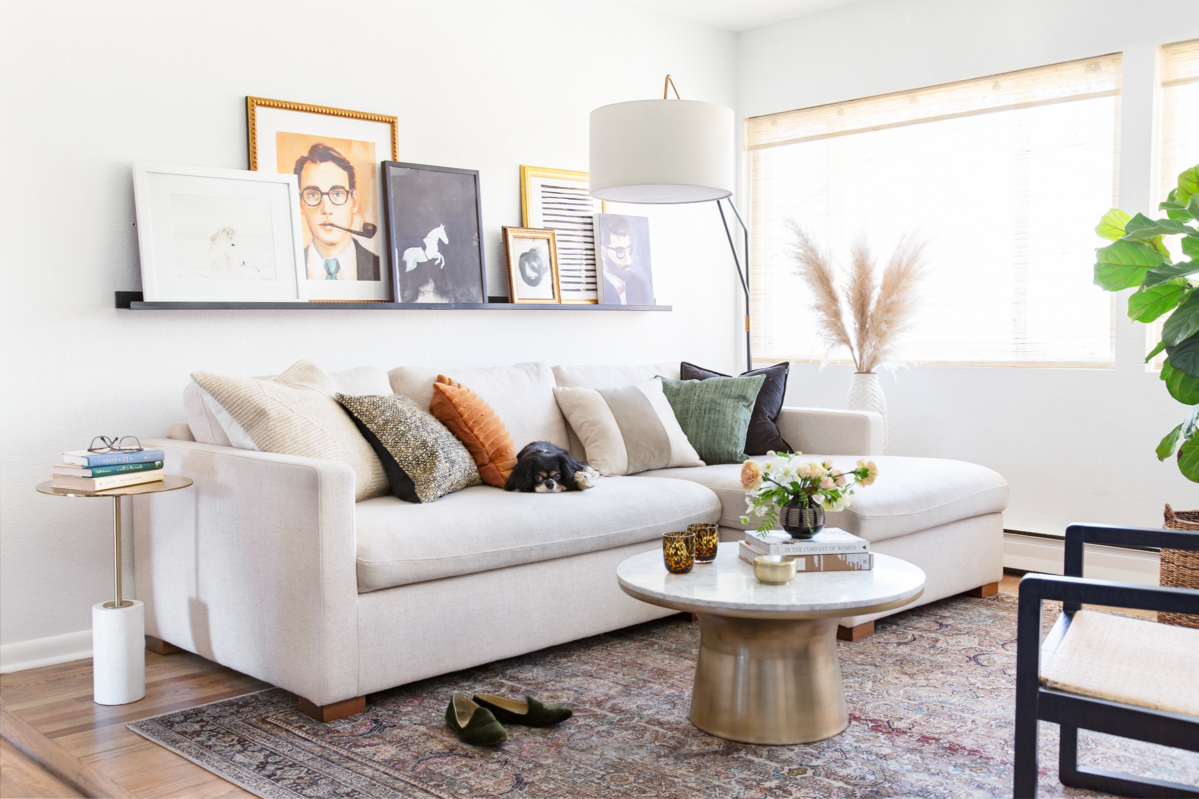Rugs soften a space and can inject pattern, texture, and personality — but they can be one of the biggest design headaches out there for amateurs! That’s why we’ve enlisted expert Havenly lead designer Vivian Torres to answer your most common rug quandaries. Consider your questions (and your floor) covered.
What size rug do I need?
Here’s the designer secret: too small and your space will immediately feel off. “While the exact dimensions will vary depending on the measurements and scale of your room, a good rule of thumb is to go with the largest possible size that anchors all of the pieces within the furniture grouping,” Vivian explains. “For example, in a living room, the rug should accommodate at minimum the front legs of every piece of furniture in the conversation area.”
Breaking it down even further… Your rug should extend about 6 inches to one foot past each side of the sofa. As for bedroom rugs, it’s best to go big. “If you have a king size bed, opt for a rug that is at least 8×10, but ideally larger depending on the size of your room,” Vivian says.
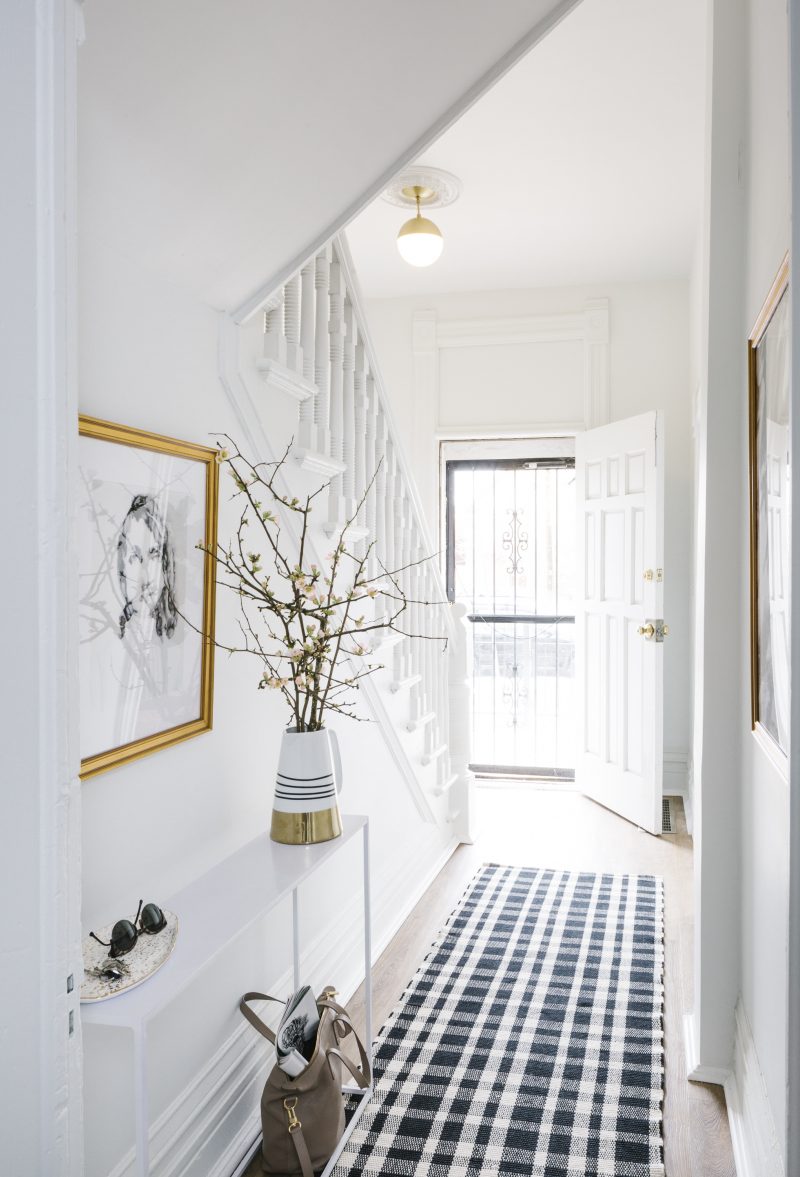
Do I really need a rug pad?
In a word: Yes. “Rug pads protect the flooring underneath your rug, and they keep rugs firmly in place to prevent them from bunching up or shifting around on the floor,” Vivian says. “It’s a relatively minor cost to avoid a major annoyance and, at worst, what can become a hazard — especially in areas that receive a lot of foot traffic, like an entryway or hallway.”
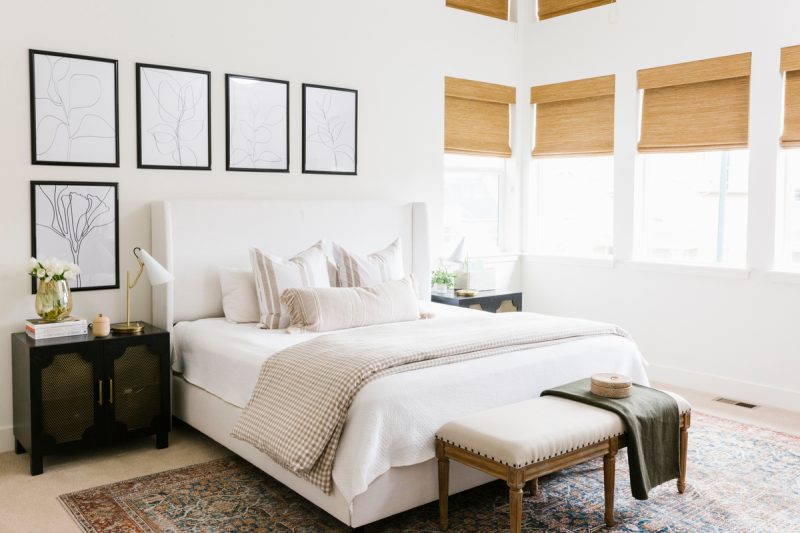
I’ve got carpet. Can I put a rug on top of it?
Absolutely. In fact, says Vivian, you should use a rug wherever it makes sense from a design standpoint. “Not only does a rug layer in style to your space, it also helps extend the lifespan of carpet by shielding it from foot traffic, stains, and general wear and tear,” she says. That said, it’s imperative to use a non-slip rug pad underneath the rug, and use furniture to hold the rug in place. “The chance of a rug bunching up and creating a tripping hazard only increases when you layer it over carpet.”
What’s the best material for a rug?
This is a tricky one. The answer depends on factors including your lifestyle, budget, and design style. But Vivian lays out a few ground rules (pun intended!). “Wool rugs are some of the most timeless and elegant. They’re typically very durable and high-quality, but also more costly,” she says. “Cotton and synthetic rugs made of manmade fibers like polypropylene are more affordable and generally a good option for high traffic areas and family spaces that is easy to clean. Finally, natural fiber rugs made of jute or sisal blend well with various design styles making them a great option, but note they are very coarse to the touch and wouldn’t work as well in a nursery, for example.”
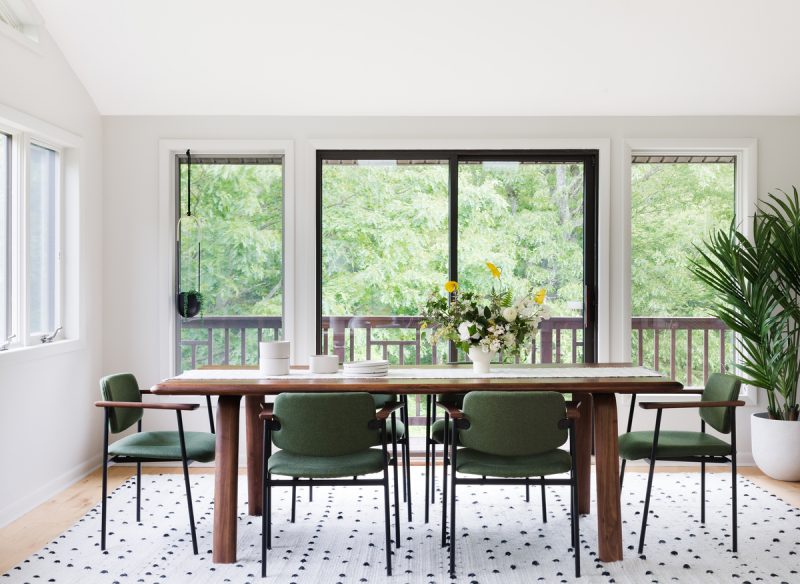
How can I get the rug to lay flat?
A rug can quickly turn into a design headache when it refuses to settle down on the ground, but there are a few things you can do to help even things out. “In general, you want to expose the back of the rug to some warmth or heat — either via direct sunlight, a radiator or possibly the temperature of the room — to soften it up,” Vivian says. You can also try placing heavy objects on the rug to help flatten the material, or if it’s very wrinkly you can try steaming the back of the rug.
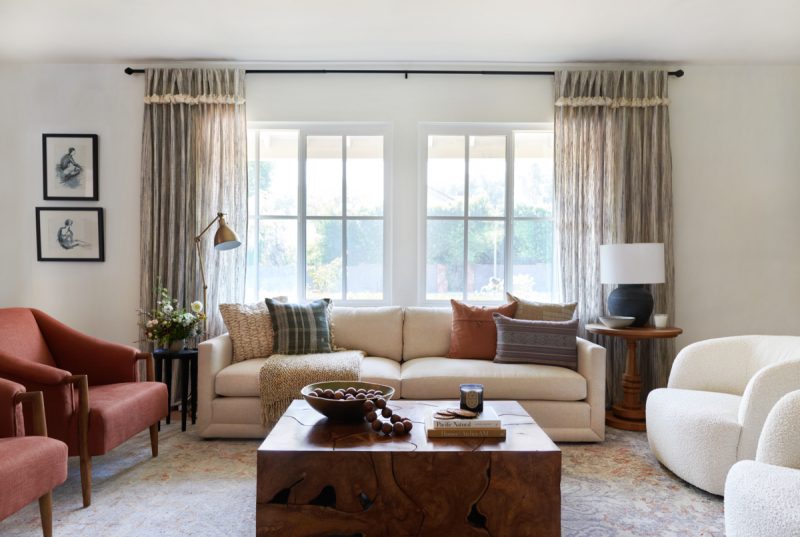
Find the right rug — and the right room— for your unique sense of style with our design quiz.

